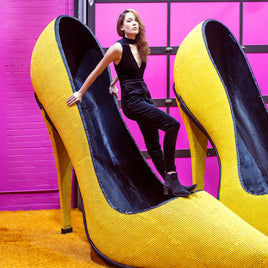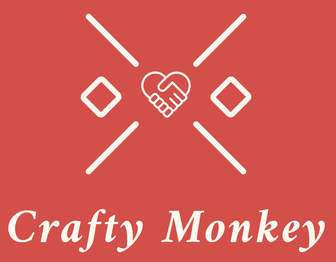
History of Western Fashion
Share
Western fashion has evolved through centuries, influenced by cultural shifts, technological advancements, and artistic movements. From the grandeur of medieval garments to the minimalist aesthetics of modern fashion, clothing has always reflected societal values and priorities.
The Middle Ages: Elegance and Class Distinction
During the medieval period, fashion was a marker of class and status. Nobility wore elaborate garments made of fine materials such as silk and velvet, while peasants relied on simple tunics and rough fabrics like wool. The use of sumptuary laws restricted certain colors and fabrics to the aristocracy, reinforcing social hierarchies through clothing.
The Renaissance: A Celebration of Art and Luxury
The Renaissance (14th-17th century) saw an explosion of opulence in fashion. Inspired by artistic and cultural advancements, men and women adorned themselves in extravagant garments, featuring intricate embroidery, ruffled collars, and rich fabrics. The period also marked the rise of fashion-conscious monarchs like Queen Elizabeth I, who set trends that influenced the entire European continent.
The Baroque and Rococo Eras: Extravagance in Fashion
During the 17th and 18th centuries, European fashion became increasingly elaborate. The Baroque era was characterized by bold patterns, dramatic silhouettes, and lavish accessories. The Rococo period followed with a lighter, more playful aesthetic, featuring pastel colors, floral patterns, and ornate wigs. These styles reflected the luxurious lifestyles of the aristocracy before the French Revolution brought about a more simplified approach to dress.
The 19th Century: Industrialization and Changing Styles
The Industrial Revolution dramatically transformed fashion by making clothing more accessible. Ready-to-wear garments emerged, allowing the middle class to participate in fashion trends. Women’s fashion shifted from the restrictive corsets of the Victorian era to more practical silhouettes, reflecting changing societal roles and the rise of women’s rights movements.
The 20th Century: Fashion Revolutions
The 20th century saw rapid changes in fashion, from the flapper dresses of the 1920s to the structured silhouettes of the 1950s and the rebellious styles of the 1960s. Designers like Coco Chanel and Christian Dior reshaped fashion, emphasizing elegance and femininity. The latter half of the century introduced punk, grunge, and streetwear, showcasing a shift towards individualism and subculture influences.
The Modern Era: Diversity and Innovation
Today, Western fashion is characterized by inclusivity, sustainability, and technological integration. Digital fashion, AI-driven design, and gender-fluid styles define the contemporary fashion landscape. While historical influences continue to inspire designers, modern fashion emphasizes individuality and ethical production.
Fashion is an ever-evolving reflection of society, and its history showcases how clothing adapts to cultural, political, and economic changes. From regal gowns to minimalist streetwear, Western fashion continues to shape and redefine self-expression and identity.
